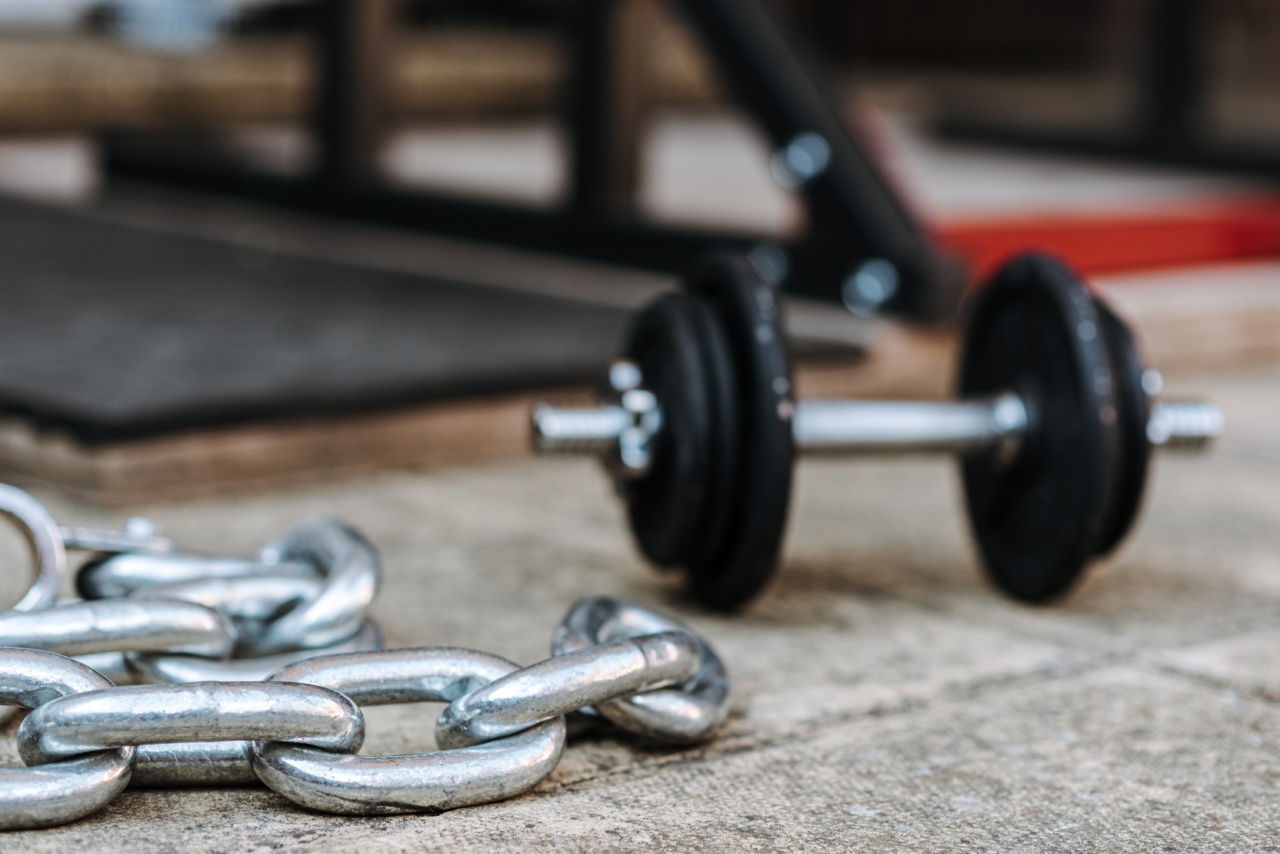Premature ejaculation is a common sexual dysfunction that affects a significant number of men worldwide. It is characterized by the inability to control ejaculation, resulting in early or rapid climax during sexual intercourse.
This can lead to dissatisfaction and distress for both partners involved. While there are various treatment options available, one often overlooked method in managing and even overcoming premature ejaculation is exercise.
Understanding premature ejaculation
Before delving into the relationship between exercise and premature ejaculation, it is essential to understand the causes and contributing factors of this condition. Premature ejaculation can be caused by both physical and psychological factors.
Physical causes may include hormonal imbalances, inflammation or infection of the prostate or urethra, nerve damage, or genetic predisposition.
Psychological factors such as anxiety, stress, relationship problems, or past trauma can also significantly impact a man’s ability to control ejaculation.
How exercise can help
Exercise offers a multitude of benefits for overall health and well-being, but its impact on sexual health is often underestimated. Engaging in regular physical activity can positively influence various aspects related to premature ejaculation:.
1. Improved cardiovascular health
Exercise, especially aerobic activities like running, swimming, or biking, enhances cardiovascular health. This increased blood circulation is crucial for sexual functioning.
A healthy heart and improved blood flow to the genital area can contribute to better control over ejaculation.
2. Reduced anxiety and stress
Physical activity is known to be an excellent stress reliever. Regular exercise releases endorphins, also referred to as “feel-good” hormones, which can alleviate anxiety and stress.
By reducing stress levels, exercise indirectly helps manage psychological factors that may contribute to premature ejaculation.
3. Strengthened pelvic floor muscles
The pelvic floor muscles play a key role in controlling ejaculation. Regular exercises that target these muscles, such as Kegels, can strengthen them over time.
Stronger pelvic floor muscles result in better control over ejaculation, allowing men to delay climax and prolong sexual intercourse.
4. Enhanced body awareness
Exercise promotes body awareness, helping individuals gain a better understanding of their physical sensations and reactions.
By becoming more attuned to their body during exercise, men may develop the ability to recognize and manage the signs leading to ejaculation. This heightened self-awareness can be beneficial when applied to sexual experiences.
5. Increased overall stamina
Regular exercise contributes to increased stamina and endurance. As men become physically fitter, they may find it easier to sustain sexual activity for longer periods before reaching ejaculation.
Improved stamina allows for more prolonged sexual encounters and the opportunity to delay climax as desired.
6. Management of comorbid conditions
Exercise is known to be beneficial in managing various comorbid conditions that may contribute to premature ejaculation. For instance, obesity, diabetes, and high blood pressure are conditions that can impact sexual health.
By incorporating exercise into one’s routine, these conditions can be better controlled, potentially alleviating their negative influence on ejaculation control.
7. Psychological well-being
Regular physical activity offers numerous psychological benefits, including improved self-esteem, body image, and overall mental well-being.
By boosting one’s mood and confidence, exercise can positively impact sexual experiences and consequently help manage premature ejaculation.
How to incorporate exercise into a routine
Engaging in an exercise routine that specifically targets premature ejaculation can provide optimal results. Here are some exercises and techniques worth trying:.
1. Kegels
Kegel exercises involve contracting and releasing the pelvic floor muscles repeatedly. This exercise can be done discreetly, without drawing attention, making it convenient to practice anytime, anywhere.
Regularly performing Kegels can improve the strength and control of the pelvic floor muscles over time.
2. Cardiovascular exercises
Engaging in aerobic exercises that get the heart rate up and improve overall cardiovascular health is beneficial. Activities such as running, swimming, or cycling not only enhance blood flow but also improve stamina and endurance.
3. Yoga
Yoga combines physical exercise with relaxation techniques and breath control. Practicing yoga regularly can help reduce stress and improve overall body awareness and control, potentially benefiting ejaculation control.
4. Pelvic floor physiotherapy
For individuals who require additional guidance and support, considering pelvic floor physiotherapy could be beneficial.
This specialized form of physiotherapy focuses on the muscles of the pelvic floor and can provide tailored exercises and techniques to improve ejaculation control.
Conclusion
Exercise is a valuable and often underestimated tool in managing and overcoming premature ejaculation.
Its numerous benefits, ranging from improved cardiovascular health and reduced stress to the strengthening of pelvic floor muscles, make exercise an effective adjunct therapy for this condition.
By incorporating exercises such as Kegels, cardio workouts, yoga, or seeking specialized pelvic floor physiotherapy, men can take proactive steps towards gaining better control over ejaculation, leading to improved sexual experiences and enhanced overall well-being.































